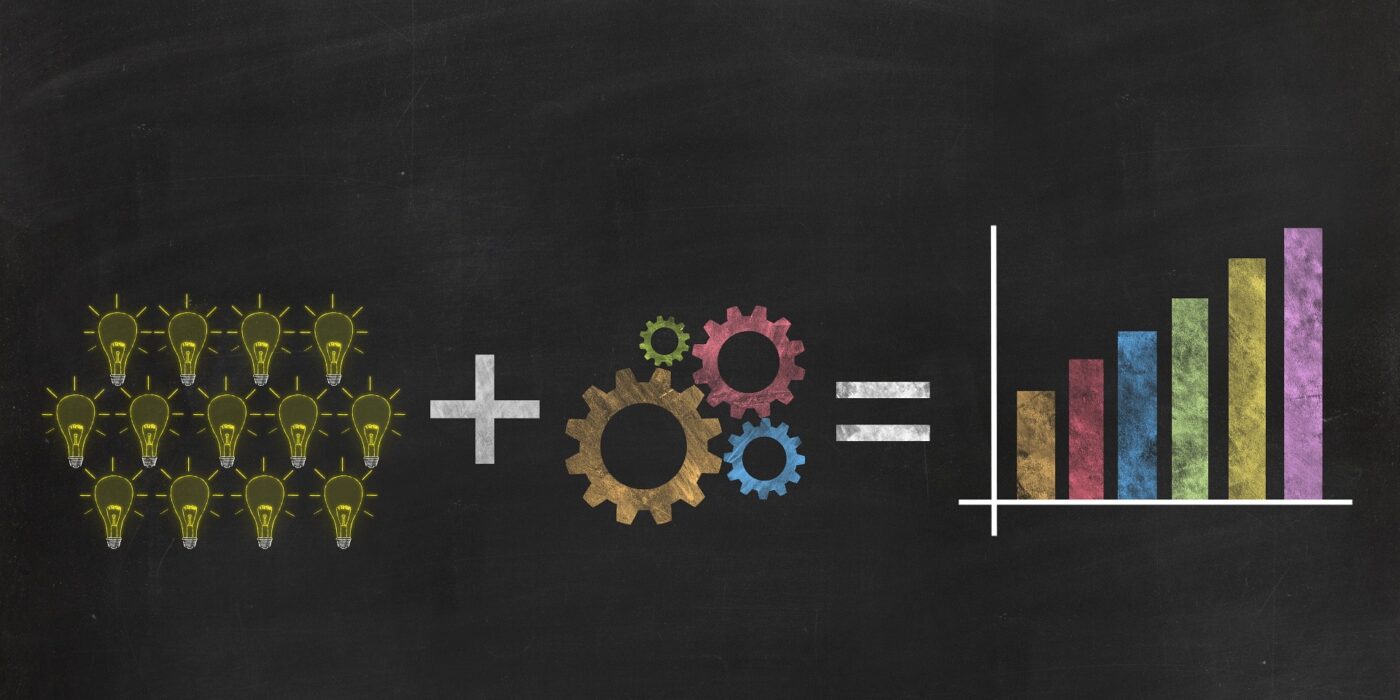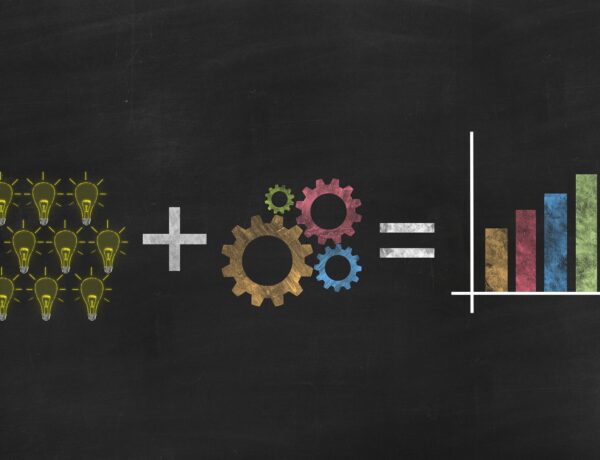

KPIs: Clarifying Government, Higher Ed, and Industry Metrics
Pam Sornson, JD
You can’t know where you’re going if you don’t know where you are. That’s the theory behind the use of ‘Key Performance Indicators,’ or KPIs, a measuring practice that tracks the connections between goals, activities, and outcomes. While each of the three economic and workforce development ‘pillars’ – government, industry, and education – tracks its own set of sector-specific KPIs, they don’t, as a unit, track how the other two impact their ultimate success. Maybe it’s time to develop those KPIs – the ones that tie governmental investments in industry and education to work and labor force demands and the consequential expansion of economic success.

KPIs – Roadmaps to Success
Typically, the standards used as KPIs relate precisely to enterprise specifications, as those have evolved over time through actions mandated by internal corporate leadership, emerging industrial trends, and external regulations. Businesses use them to track and control inventory, sales, and production costs; communities use them to identify and build the resources needed to support residents and systems, and regulators use them to track industrial trends and compliance activities. Virtually every organization develops and implements its own set of internal KPIs to ensure it maintains its focus on its core mission and goal values.
The practice of establishing and maintaining a core set of KPIs may also be applicable within the economic and workforce development sector. For perhaps the first time, industrial, governmental, and educational entities are committing to work together to build a more robust economy that better supports them all. From a 30,000-foot perspective, the endeavor makes sense:
The government typically has the financial resources for developing economic assets and systems but not the expertise or personnel.
Industry typically has the expertise, technologies, and physical facilities needed to build economic assets but requires a strong and well-trained workforce to provide the labor.
Educators typically impact both raw and evolved workforce talent but don’t have the employment/deployment capabilities to leverage their value.
Together, each of these three ‘economic development pillars’ – and countless other smaller and ancillary ‘workforce development’-related arenas – comprise the foundation of the shared global, regional, and local economies that sustain societies and their constituents. Yet, regardless of the critical roles each of the three plays in the activities of the other two, as a group, they do not track how the actions and outputs of the other pillars impact the efforts they make within their own sector. Their internal practices aren’t designed to work in tandem with the others toward a mutually accepted objective that will improve their shared economy.
Instead, each entity, enterprise, and pillar develops and pursues its internal KPIs with little or no awareness of the comparable activities of its economic colleagues. And without intentional and directed connections among and between them about who’s doing what and why, there is almost no way for them – as a collaborative team – to create a revised economy that responds to the current economic chaos while maximizing both existing and emerging workforce and economic resources. Developing a comprehensive connection strategy among them might ease the effort of each in finding future economic success in the form of a sustainable, fair, and generous economy that supports all of its constituents.
What the triad of pillars might need is a single set of KPIs that tie the efforts of each to the successes of the others. Each pillar can embed the new metric-tracking processes into its own internal strategy to better meld its individual accomplishments with the overarching societal goals that all three strive toward.

Educational KPIs – As An Example
The routine collection of information related to ‘college student success’ began in the mid-20th Century and grew increasingly important as a way to measure the value of public investments in higher education. Today, colleges have an established set of metrics – KPIs – that they use to track their progress as teachers, community members, and institutions. The effort taken to implement programs responsive to those KPIs pays off when the data demonstrates the school’s compliance with internal and external mandates.
However, in most cases, those metrics do not relate to how well their graduates are faring in the work world. Other than finding a job in their chosen field post-graduation, the ‘student success’ metrics reported by colleges reflect success as a student in a school and not as a future employee or societal economic asset.
From the college perspective, ‘student success’ metrics track how well their student body as a whole fares throughout the educational journey. Schools report high marks for ‘student success’ by collecting data related to these criteria:
They have a high graduation rate – the number of students who graduate within a specific time frame;
They have a high ‘course success’ rate – the number of students who complete a course;
Their students demonstrate a high ‘persistence’ rate – the number of students who ‘persist’ in attendance from semester to semester;
Their students also demonstrate a high level of ‘student engagement’ in both course and extracurricular activities;
There is a low level of ‘disproportionate impact’ of challenges on specific student groups or populations, and
There is a high passing rate for licensures by graduating students.
None of these collect data on the graduate’s post-education activities, whether they found work, whether the training they received was valued in their chosen field, or whether they are able to sustain a comfortable lifestyle based on their educational attainment.
Further, there is also no mechanism within the other two pillars that automatically connects educational inputs to industrial or economic outcomes. Without that intentional evaluative tool, it will be exceedingly difficult to measure whether the collaborations now evolving within the economic and workforce development sectors are – or will be – successful.
Economic challenges emerging from the recent pandemic suggest that such a new ‘combined outcomes’ measurement strategy might be beneficial, especially if the nexus of government/industry/education is going to achieve the level of economic growth it seeks. Full economic recovery might be attained earlier if collaborations among the three pillars can establish, implement, and report on their individual progress toward mutually agreed upon common goals.
